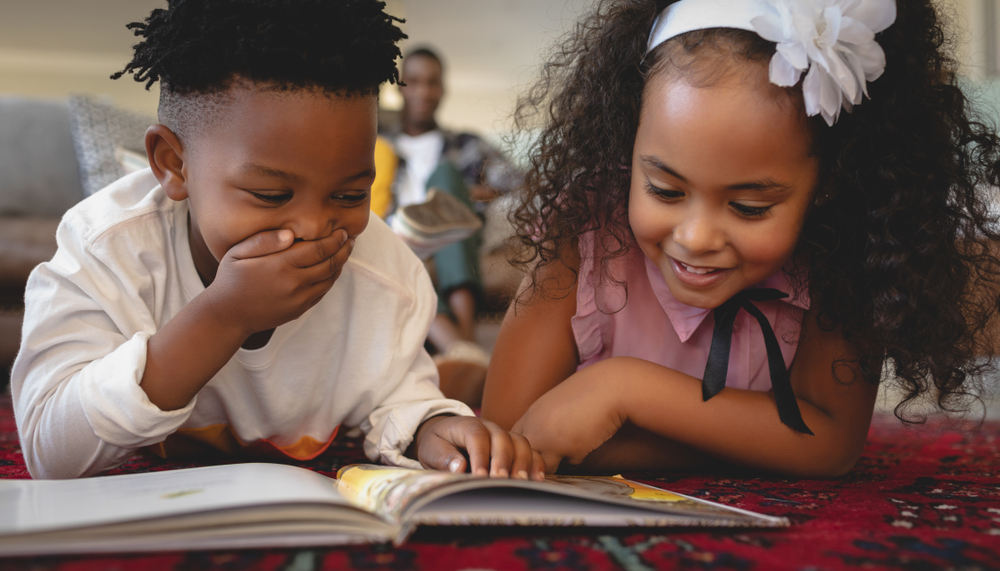Reading Non-Fiction Worksheets for Ages 3-5
17 filtered results
-
From - To
Explore the world of facts with our "Reading Non-Fiction for Ages 3-5" worksheets! Specifically designed for young learners, these engaging resources are perfect for introducing the joys of real-world exploration. Our worksheets cover a range of topics, from animals and nature to technology and daily life, ensuring a diverse learning experience. Each sheet is crafted to captivate the attention of ages 3-5, with simple, easy-to-understand language and colorful illustrations. Encourage curiosity, enhance vocabulary, and build foundational reading skills with our thoughtfully created non-fiction worksheets. Start your child's journey into the fascinating world of non-fiction today!


Towns Worksheet


Nonfiction Features Worksheet


Nonfiction Captions Worksheet


Draw a Line to the Picture Books Worksheet


Find the Title Worksheet


Craft and Structure: Assessment 2 Worksheet


Cities: Finding Differences Worksheet


Cities: Finding Similarities Worksheet


Growing Plants Worksheet


Authors and Illustrators Worksheet


Authors and Illustrators Race Worksheet


Questions About Informational Texts: Assessment 1 Worksheet


Craft and Structure of Informational Texts: Assessment 3 Worksheet


Craft and Structure of Informational Texts: Assessment 1 Worksheet


Front of the Book Worksheet


Fact or Make Believe Worksheet


Pre–reading Worksheet: What Do You See?
Reading Non-Fiction for Ages 3-5 is an essential building block in laying the foundation for young learners' understanding of the real world around them. Worksheets tailored to this age group serve as a powerful tool in introducing children to facts, concepts, and the basics of informational text. These educational resources are uniquely designed to capture the curiosity of young minds, encouraging them to explore topics ranging from animals and nature to technology and community helpers.
Engaging with Reading Non-Fiction for Ages 3-5 through worksheets can significantly enhance a child's vocabulary, comprehension skills, and critical thinking abilities. By presenting information in a structured and interactive format, these worksheets make learning accessible and enjoyable. Children learn to identify key details, understand the purpose of headings and captions, and start to differentiate between fiction and non-fiction texts, which is a vital skill in literacy education.
Moreover, incorporating Reading Non-Fiction worksheets into early education helps in nurturing a sense of inquiry and a love for learning about the real world. It prepares children for more complex reading materials as they progress in their educational journey. By investing in resources that support Reading Non-Fiction for Ages 3-5, educators and parents can provide a robust start to a child's lifelong learning adventure, making these worksheets an invaluable part of early childhood education.

 Assign to My Students
Assign to My Students
















